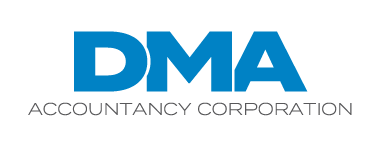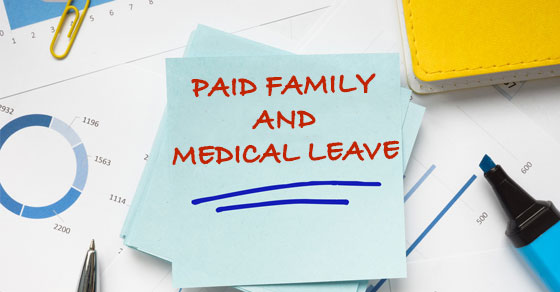The Family and Medical Leave Act generally requires private sector employers with 50 or more employees to provide 12 weeks of unpaid leave to eligible employees for qualifying reasons. The key word there is “unpaid.” Providing paid family and medical leave is up to each organization’s discretion. And, for years, it’s been a benefit deemed too costly for many small to midsize employers.
However, the calculus may have changed. Under the recently enacted One Big Beautiful Bill Act (OBBBA), an existing federal tax credit for paid family and medical leave was made permanent and considerably enhanced. So, if your organization doesn’t currently offer such paid leave, or provides it only informally, now may be a good time to consider officially sponsoring this benefit.
Ground rules
The tax credit for paid family and medical leave was introduced in 2017 under the Tax Cuts and Jobs Act (TCJA). Its amount ranges from 12.5% to 25% of eligible wages paid to qualifying employees for up to 12 weeks of paid leave.
To be able to claim the credit, an eligible employer must establish a written policy that allows qualifying full-time employees at least two weeks of family and medical leave annually, as well as a pro rata amount of such leave for eligible part-time employees. In addition, the employer needs to pay employees at least 50% of normal wages during the leave.
A qualifying employee is generally defined as someone: 1) who has worked for the employer for at least one year, and 2) whose compensation for the preceding year isn’t more than 60% of the compensation threshold for highly compensated employees, which is $96,000 in 2025. (That dollar amount is annually adjusted for inflation.)
OBBBA changes
As mentioned, the OBBBA brought some important changes to the paid family and medical leave credit. First, it makes the tax break permanent. Under the TCJA, the credit was temporary and, though extended several times, it was scheduled to vanish at the end of 2025.
Second, for tax years beginning with 2026, the OBBBA brings an important insurance-related enhancement. That is, rather than claiming the credit for wages paid to eligible employees on qualified leave, employers may claim the credit for a percentage of insurance premiums paid or incurred during the tax year for active family and medical leave coverage. The applicable percentages remain the same, ranging from 12.5% to 25% of premiums paid or incurred.
Important: You must choose between claiming the credit for wages or premiums paid. You can’t claim both.
The insurance policy’s payment rate is calculated without regard for whether any eligible employees were actually on family or medical leave during the tax year. Also — and this is critical from a tax-planning perspective — any tax credit claimed for qualifying leave insurance premiums reduces your organization’s tax deduction for the same premiums.
Third, the OBBBA makes some tweaks to how qualifying employees are defined. Starting next year, eligible employees must be customarily employed for at least 20 hours per week. You may, however, elect to lower the minimum work requirement from one year to six months. Last, to determine whether a part-timer’s compensation exceeds 60% of the compensation threshold for highly compensated employees, that individual’s compensation should be annualized.
Potential difference maker
Has your organization been looking for ways to upgrade its benefits package? If so, the OBBBA’s changes might be a difference maker in whether you can sponsor a benefit that covers some compensation of eligible employees who must take qualified family or medical leave.
© 2025


Recent Comments